Comparison Between Pressure Fermenter and Open Fermenter
What is a Pressure Fermenter?
Imagine locking in the freshness of your brew like a barista sealing a top-shelf espresso capsule. That’s the vibe of a pressure fermenter. It’s a sealed fermentation vessel that allows carbon dioxide (CO₂) pressure to build up naturally during the fermentation process. Instead of letting all that gas escape into the wild like in traditional open fermenters, pressure fermenters keep it locked in to create cleaner, crisper, and often faster fermentations.
Why does that matter? CO₂ isn’t just a byproduct—it impacts flavor, yeast behavior, and oxidation. In fact, pressure fermenters are becoming increasingly popular because they allow brewers to carbonate their beer during fermentation, reduce ester and fusel alcohol production (which can taste harsh), and minimize contamination risks. Think of it like brewing in a spaceship—clean, controlled, and efficient.
You’ll find these in stainless steel, PET plastic, or conical designs. Some even come with built-in spunding valves to regulate pressure—letting you dial in the exact carbonation level you want.

What is an Open Fermentation Tank?
Open fermentation tanks are like the wild children of the brewing world—less controlled, more traditional, and incredibly expressive. Picture those old-school European breweries where beer bubbles in shallow, open vats, often surrounded by exposed brick and history-soaked air.
These tanks allow beer to interact with ambient conditions. There’s no pressure buildup, and yeast can breathe freely (some would say too freely). This method encourages yeast to express more esters and phenols, which gives certain beer styles—like hefeweizens, saisons, or certain Belgian ales—their signature flavors.
The trade-off? Higher risk of contamination, oxidation, and inconsistent results. But for some brewers, that’s a small price to pay for the complexity and tradition that open fermentation brings.
Feature Comparison: Pressure Fermenter vs. Open Fermentation Tank
Let’s break it down like you’re deciding between a Tesla and a vintage Mustang. Both are cool, but one offers speed and tech, the other gives you soul and rumble.
| Feature | Pressure Fermenter | Open Fermentation Tank |
|---|---|---|
| Fermentation Environment | Sealed, controlled pressure | Exposed, open to air |
| CO₂ Retention | Retains CO₂, supports natural carbonation | Releases CO₂ into the environment |
| Flavor Profile | Cleaner, crisper, less estery | Fruity, complex, expressive yeast character |
| Oxidation Risk | Low | High |
| Contamination Risk | Low | Higher |
| Equipment Cost | Higher due to complexity and features | Lower (often DIY-friendly) |
| Ease of Use | More technical, requires monitoring pressure | Simpler but requires careful sanitation |
| Ideal For | Lagers, IPAs, NEIPAs, clean ales | Saisons, Hefeweizens, farmhouse ales |
| Carbonation Method | During fermentation (spunding) | Requires forced carbonation or priming post-fermentation |
| Automation and Scaling | Easier to integrate with automated systems | More manual and traditional |
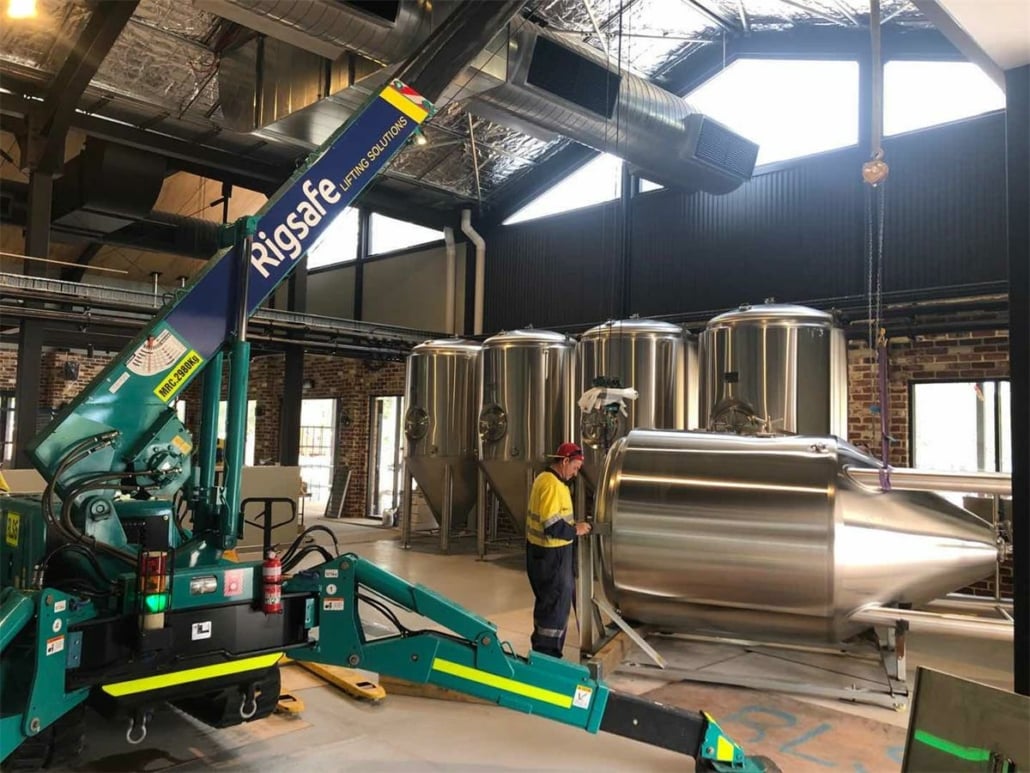
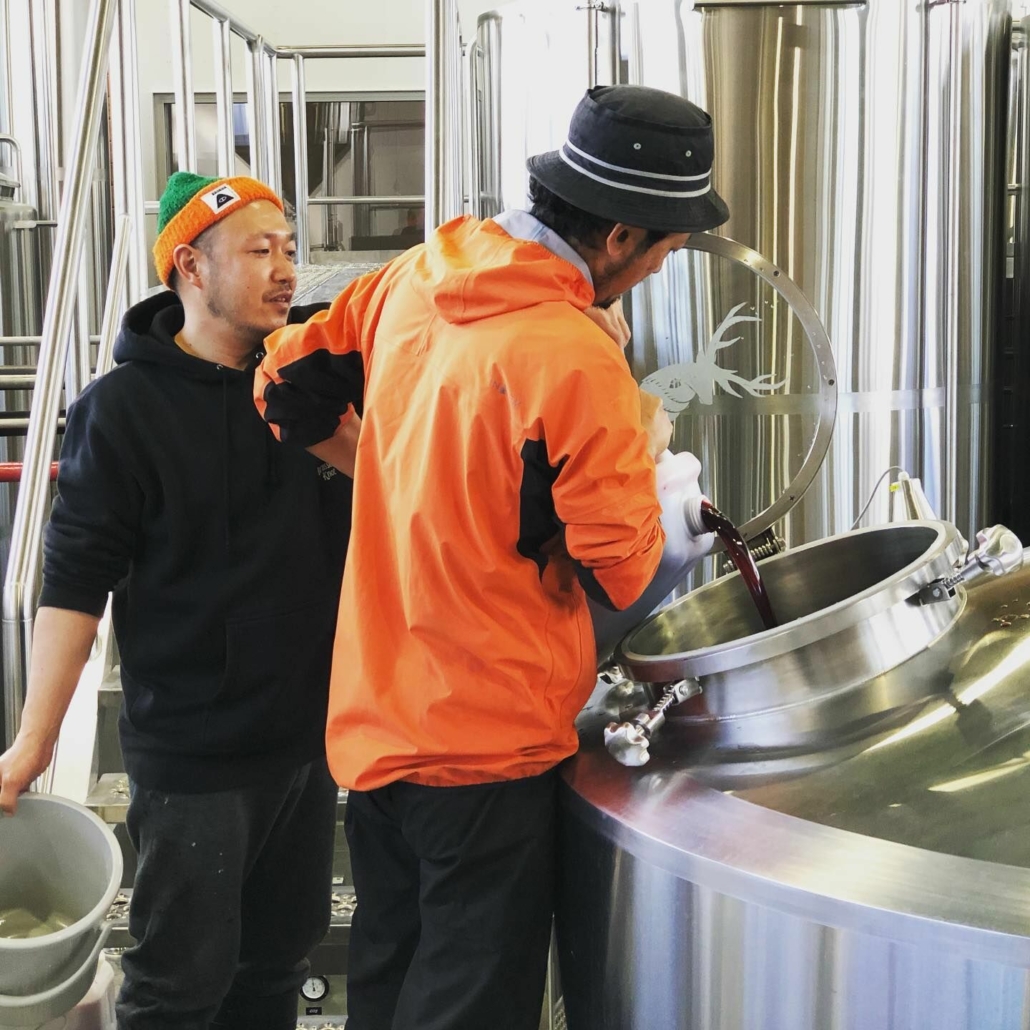
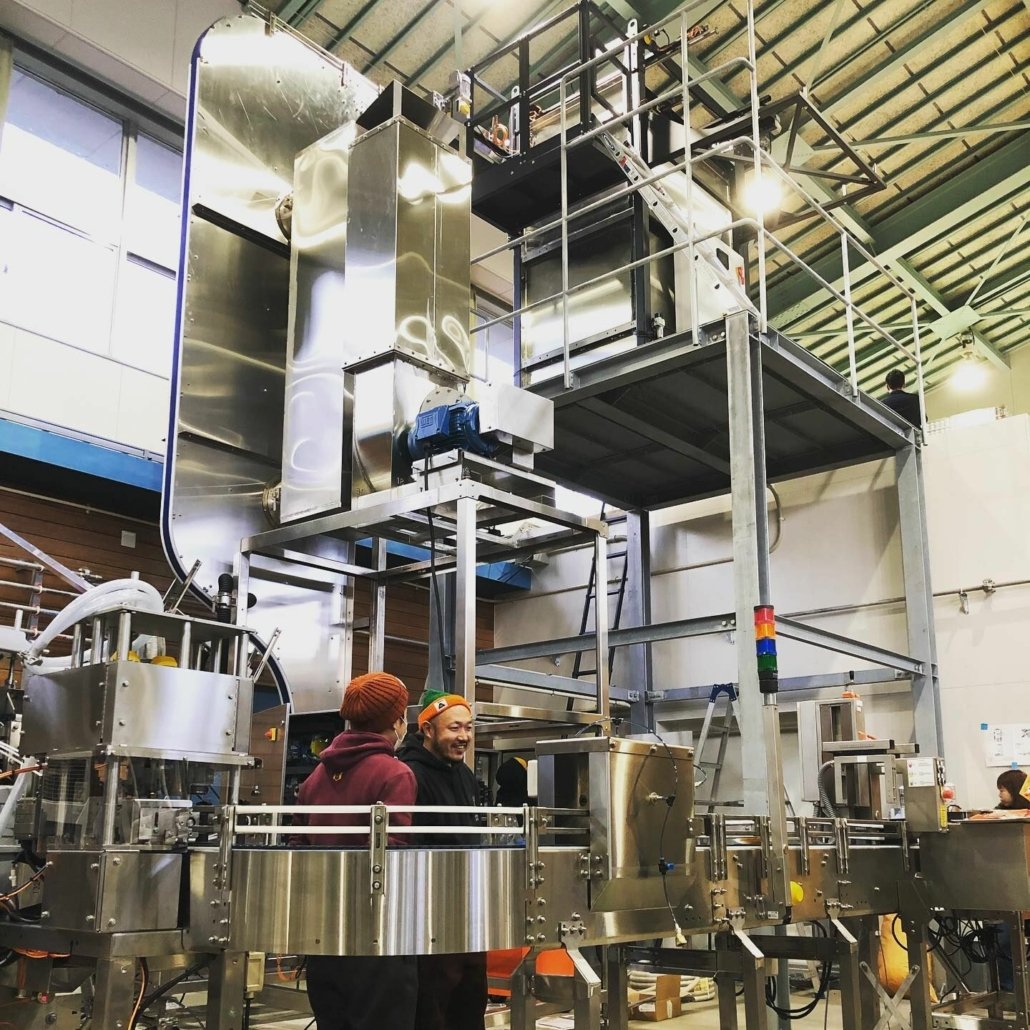
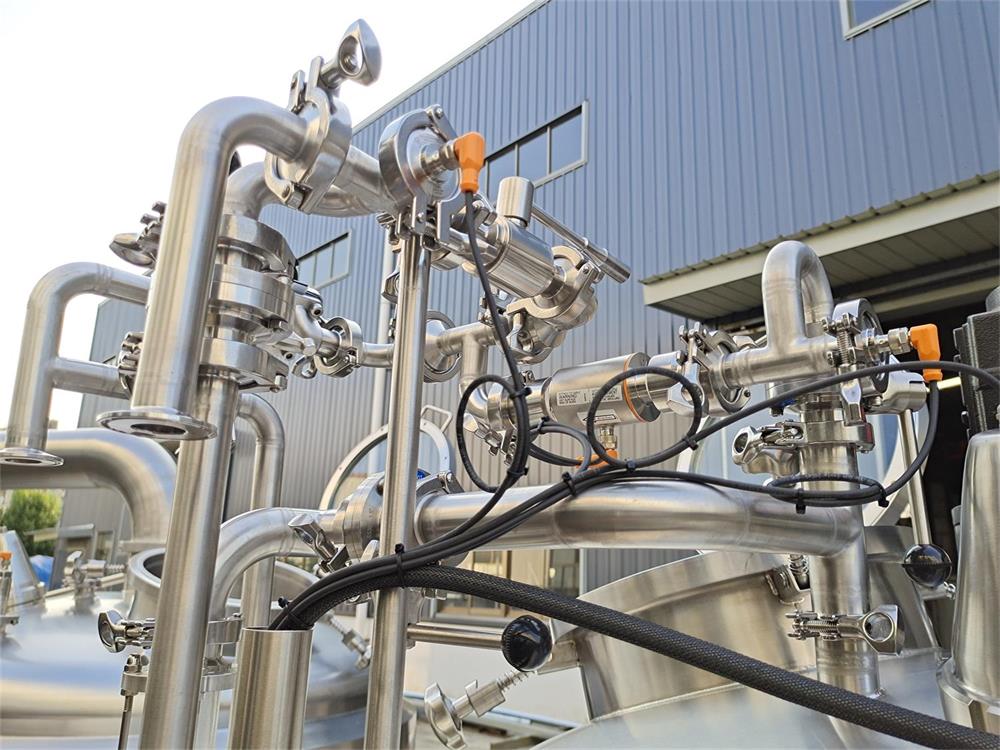
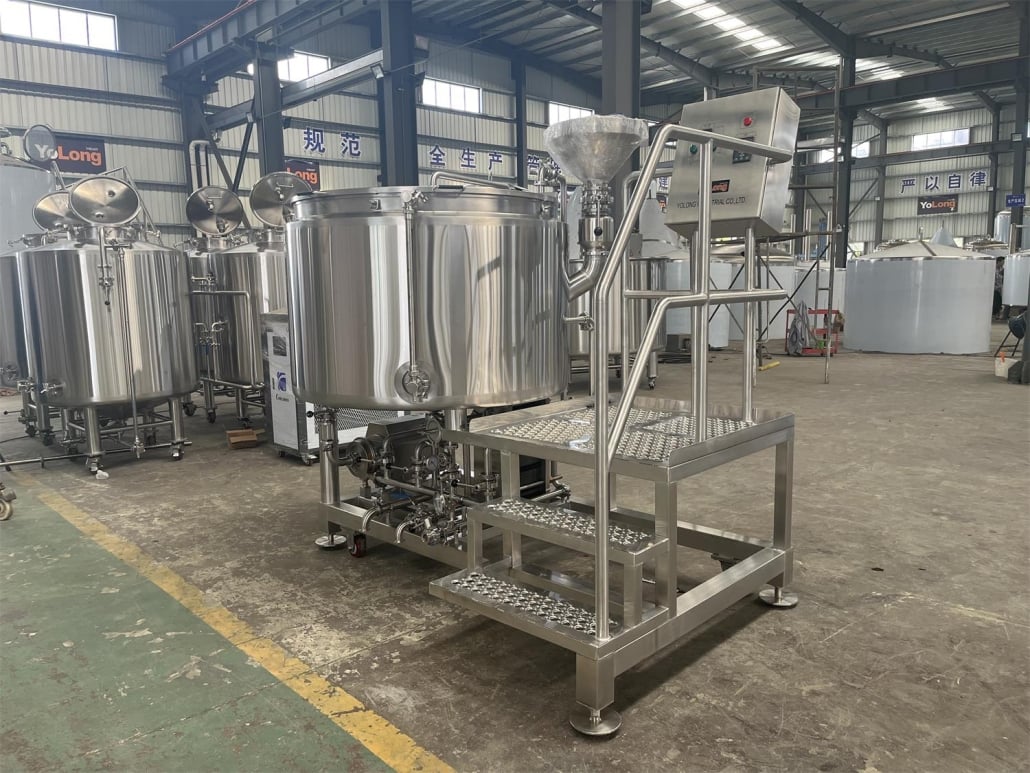
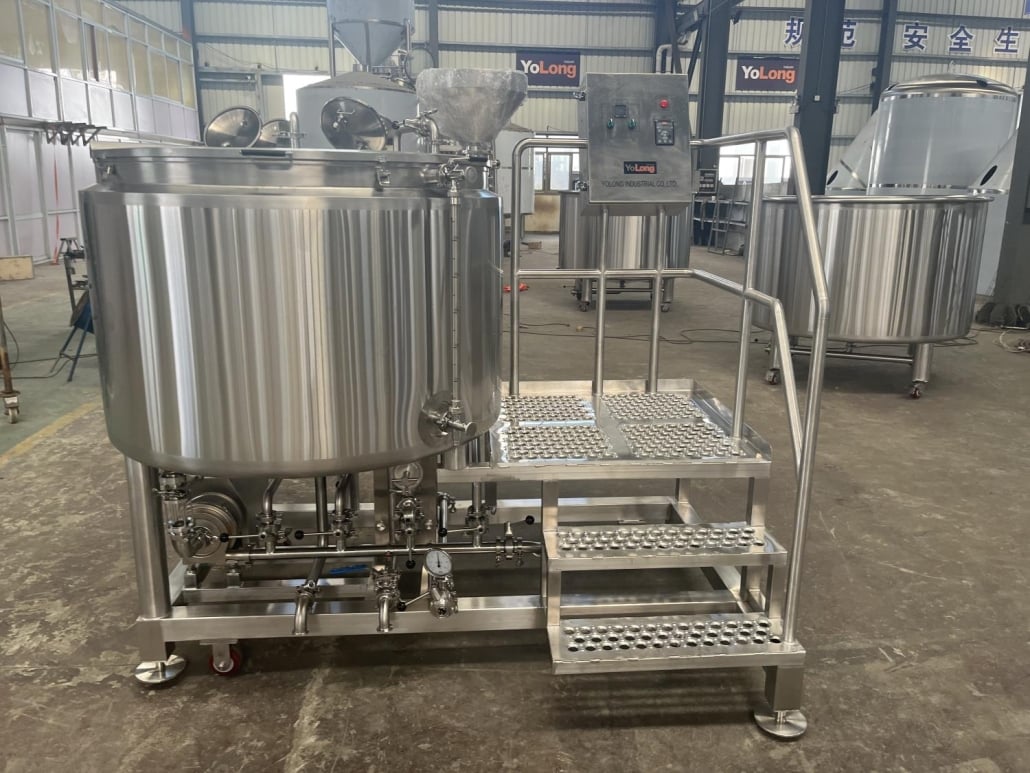
Pros and Cons of Pressure Fermenters vs. Open Fermentation Tanks
Now let’s get honest. Each system has its perks—and its pitfalls.
| System | Pros | Cons |
|---|---|---|
| Pressure Fermenter | – Natural carbonation during fermentation – Reduced off-flavors – Improved shelf life – Cleaner flavor profile – Great for modern beer styles | – More expensive – Requires pressure control knowledge – Not ideal for ester-forward beers |
| Open Fermentation Tank | – Produces complex, expressive beers – Lower setup cost – Easy to clean and access | – High contamination risk – Inconsistent results – No pressure retention |
Typical Sizes, Price Ranges, and Space Considerations
Let’s talk logistics. How much room will you need, and how deep will this cut into your wallet?
| Fermenter Type | Common Sizes | Average Price Range | Space Needed |
|---|---|---|---|
| Pressure Fermenter | 2 to 120 gallons | $150 – $10,000+ | Compact vertical footprint |
| Open Fermentation Tank | 5 to 500 gallons | $100 – $8,000 | Requires more open surface area |
Note: Homebrewers often go for 5-10 gallon units. Commercial operations may scale up to 60-120 barrels.
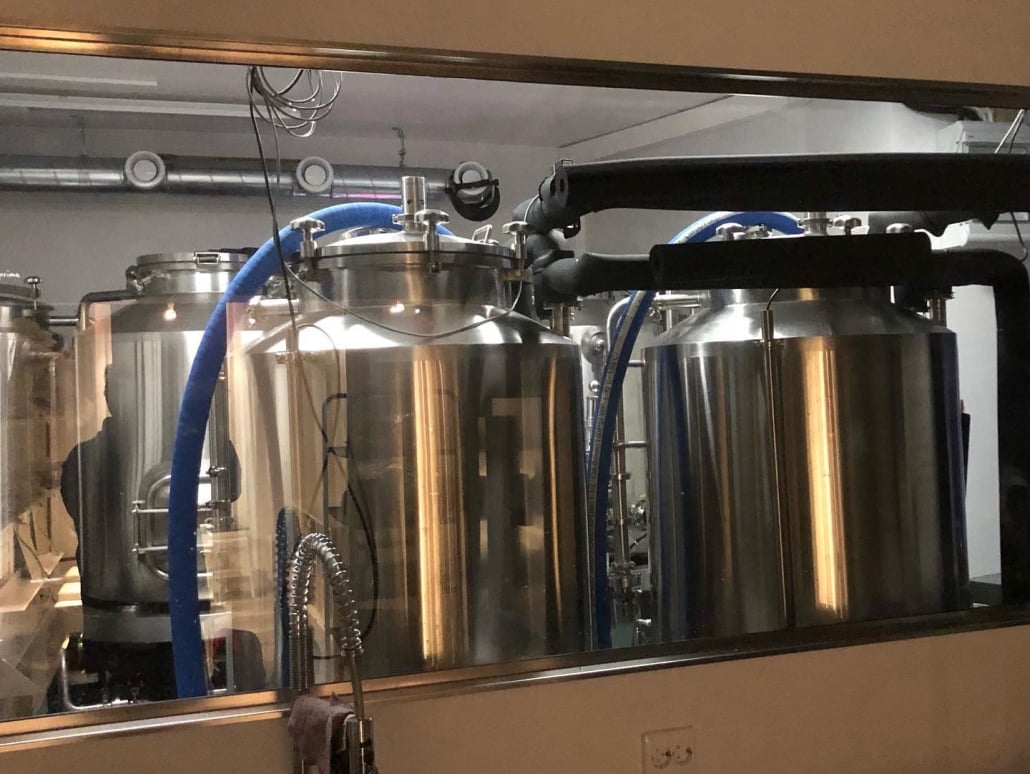
FAQs
| Frequently Asked Questions | Answers |
|---|---|
| Can I use a pressure fermenter for all beer styles? | Technically yes, but it’s best suited for lagers, IPAs, and clean ales. |
| Do pressure fermenters eliminate the need for CO₂ tanks? | Not entirely, but they reduce CO₂ usage dramatically with natural carbonation. |
| Is it safe to ferment under pressure? | Yes, if you use proper equipment like spunding valves and pressure-rated vessels. |
| Can I upgrade a standard fermenter to handle pressure? | Some PET and stainless fermenters can be retrofitted, but not all are rated for pressure. |
| Do pressure fermenters speed up fermentation? | Often yes—especially for lagers—due to reduced ester production. |
| What pressure level is safe for fermentation? | Generally 10–15 PSI is safe for most setups. Always check your vessel’s rating. |
Additional FAQs About Pressure Fermenter and Open Fermenter
1) Does fermenting under pressure change yeast ester profiles across styles?
- Yes. Elevated CO2 partial pressure suppresses ester and fusel formation, yielding cleaner profiles—ideal for lagers and IPAs, but potentially muting ester-forward styles (hefeweizen, saison).
2) What pressure range is commonly used during active fermentation?
- 5–15 psi (0.35–1.0 bar) is typical. Many brewers start low (5–8 psi) during peak activity, then raise to 10–15 psi for spunding/carbonation. Always stay below the vessel’s rated working pressure.
3) Can open fermentation be made safer from contamination?
- Improve airflow filtration, use cleanroom-style covers or positive-pressure rooms, sanitize walls/ceilings, and minimize traffic near tanks. Strict CIP/SOPs and rapid cooling/transfer help.
4) Do pressure fermenters reduce CO2 cylinder usage?
- They can reduce purchased CO2 by 20–50% by capturing natural carbonation and enabling pressure-to-pressure transfers. Packaging and draft operations may still need supplemental CO2.
5) How do I choose between pressure and open for mixed-ferm or wild ales?
- Open or semi-open setups better support expressive phenolics/esters and mixed cultures. Use closed/pressure for clean beers, shelf-stability, and lower oxygen pickup.
2025 Industry Trends: Pressure Fermenter and Open Fermenter
- Hybrid programs: Breweries run pressure for core SKUs (clean ales/lager) and open for specialty/heritage styles, optimizing cellaring space and QA.
- Oxygen control as a KPI: Inline/at-line DO checks during transfers and racking are standard on pressure systems; open programs adopt gentle skimming and rapid closure post-high krausen.
- Energy and CO2 savings: Spunding and pressure-to-pressure transfers reduce gas purchases and improve energy efficiency in carbonation and cold-side handling.
- Sanitation by design: Tighter interior finishes (Ra 0.5–0.8 μm), aseptic sample valves, and validated CIP are now expected for pressure tanks; open tanks gain better air handling and UV-cleaning aids.
- Data logging: Low-cost Wi‑Fi sensors log temp, pressure, pH, and gravity, supporting repeatability and regulatory documentation.
2025 Snapshot: Cost, Performance, and QA Benchmarks
| Metric | 2023 Avg | 2024 Avg | 2025 YTD | Notes/Sources |
|---|---|---|---|---|
| Pressure-rated unitank (5–10 BBL) | $12k–$22k | $11k–$21k | $10.5k–$20k | Ports/finish/pressure rating affect price |
| Open fermenter (3–10 BBL) | $5k–$12k | $5k–$11k | $4.8k–$11k | Material/geometry drive variability |
| Working pressure (bar) | 1.0–2.0 | 1.0–2.0 | 1.0–2.0 | With PRV + vacuum relief |
| DO after closed transfer (ppb) | 60–100 | 40–80 | 30–60 | Pressure systems with inerting |
| CO2 purchase reduction via spunding | 10–30% | 15–40% | 20–50% | Range depends on program adoption |
| Water use (hl water/hl beer, cellar ops) | 5.0–6.8 | 4.8–6.4 | 4.5–6.0 | CIP optimization on pressure tanks |
Reference hubs:
- Brewers Association (quality, oxygen control): https://www.brewersassociation.org/
- Master Brewers Association Technical Quarterly (CIP/pressure ferment): https://www.mbaa.com/publications/tq/Pages/default.aspx
- DOE Better Buildings (efficiency): https://betterbuildingssolutioncenter.energy.gov/
Latest Research Cases
Case Study 1: Spunding Program Improves Stability for Core Lagers (2025)
Background: Regional brewery saw flavor fade and higher CO2 costs on flagship lager brewed in closed but unpressurized tanks.
Solution: Upgraded to pressure-rated unitanks with spunding at 10–12 psi during late fermentation; implemented pressure-to-pressure transfers and inline DO checks.
Results: CO2 purchases down 28%; transfer DO 30–55 ppb; sensory at 90 days showed improved crispness and lower papery notes; keg returns decreased 18%. References: BA oxygen management resources; MBAA TQ on closed processing.
Case Study 2: Open Fermentation Revives Heritage Wheat Ale (2024)
Background: Brewpub sought to differentiate with ester-forward hefeweizen but found muted banana/clove in closed tanks.
Solution: Installed shallow open fermenter with HEPA-filtered air handling; adopted skimming and rapid racking to closed maturation after peak krausen.
Results: Isoamyl acetate increased (GC-MS proxy from lab partner); guest ratings improved; contamination incidents remained zero over 6 months with upgraded sanitation SOPs. References: Historical open fermentation practices; MBAA articles on open ferment control.
Expert Opinions
- Dr. Charlie Bamforth, Brewing Scientist
Viewpoint: “Pressure can refine lagers and modern ales by limiting oxygen pickup and suppressing unwanted volatiles, but brewers should keep open tools for styles where yeast expression is the star.” - Mary Pellettieri, Quality Consultant, author of “Quality Management for Breweries”
Viewpoint: “Regardless of tank style, verify cleanability and oxygen control. Validated CIP and DO monitoring protect shelf life and brand.” - John Blichmann, Founder, Blichmann Engineering
Viewpoint: “Proper valve placement, spunding control, and sanitary sampling turn pressure fermenters into productivity machines without sacrificing repeatability.”
Practical Tools and Resources
- Brewers Association: Oxygen management, fermentation best practices — https://www.brewersassociation.org/
- MBAA Technical Quarterly: Pressure fermentation, CIP validation — https://www.mbaa.com/publications/tq/Pages/default.aspx
- ProBrewer: Forums on pressure vs open fermentation installs — https://www.probrewer.com/
- Micromatic: Draft quality (benefits of pressure-fermented beer in dispense) — https://www.micromatic.com/
- DOE Better Buildings: Energy/CO2 savings ideas for cellars — https://betterbuildingssolutioncenter.energy.gov/
Last updated: 2025-09-28
Changelog: Added 5 FAQs; 2025 trend snapshot with benchmark table; two recent case studies; expert viewpoints; curated resources comparing Pressure Fermenter and Open Fermenter practices
Next review date & triggers: 2026-03-31 or earlier if equipment/pricing shifts >10%, BA/MBAA publish new oxygen/CIP guidance, or CO2/energy cost trends materially change
Share this entry
Interested in learning more about Brewing Systems including additional details and pricing information? Please use the form below to contact us!
YOLONG BREWERY EQUIPMENT FAQS
- Commercial Brewery / Craft Brewery / Microbrewery / Nanobrewery
- What is The Difference Between Craft Beer and Industrial Beer?
- The Bespoke Differences In Custom Brewing Systems
- Everything You Need to Know About Kettle Souring
- How to Choose Brewing Equipment for Your business?
- How To Choose The-Best Partner To Build Your Commercial Microbrewing System?
- Two Detection Sensors That You Need To Use In Your Brewhouse System
- Remote Control Applications in Brewing Equipment/How does it work?
- How To Clean Your Brand New Brewery Tanks?

